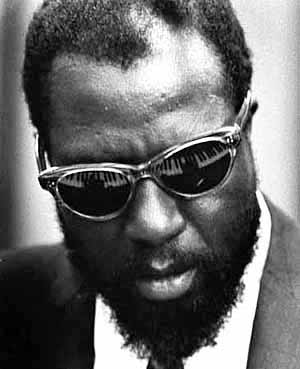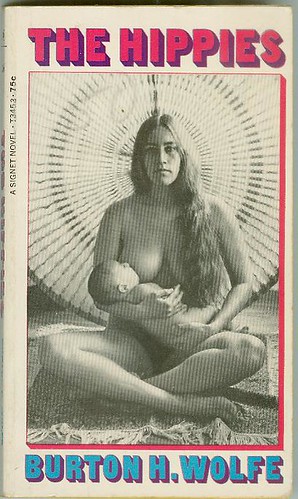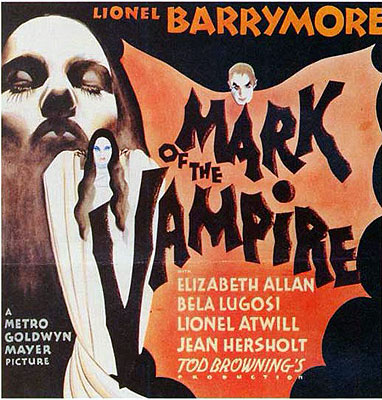Pod Monk No Zero
Greetings all and more again.
Just a quick one this time.

Thanks to everyone who has been messaging me regarding the Disinformation World News Podcast and The Wicked - the new CD I am in the middle of recording with Jean Paul Lilliston.
A new Podcast should be up in a few weeks so go subscribe to the 'cast at Disinfo' and you won't miss any of the weirdness. If you are interested in previewing the new CD, listen to this free download of The Ol'Double Zero. This brand new tune has been a highlight of the various festival shows I did this summer and this work-in-progress version is a fun listen to the project as it evolves. This tune is a really raggedy country-rocker.
In addition to all of this bloated self-promotion I'd like to give some props to Thelonious Monk on what would have been his 92nd birthday. Bless you Monk. Thanks for all those great tunes.

In lieu of 92 candles, enjoy this screening of the Clint-Eastwood-produced documentary Straight No Chaser. I first saw this movie in college in Michigan and this is what turned me on to jazz.
This playlist is hosted on my YouTube channel: Imagicon and is curated by your good friends in the AV department here at Insomnia, The Sleepless Film Festival.
If you need even more music, check out my latest project:
Use this player to listen to my new CD. Purchase a song or two at your favorite digital outlet and help us stay awake here at Insomnia!
Find the archives to my Sleepless Film Festival, and more at my You Tube channel: Imagicon
Listen to my earlier releases, and enjoy free downloads here!
Please consider supporting this site by making a PayPal donation and check out our friends using the links on the right.
Love,
Joe Nolan

Labels: be bop, beat generation, clint eastwood, jazz, monk, piano, sleepless film festival, straight no chaser, thelonious monk





















